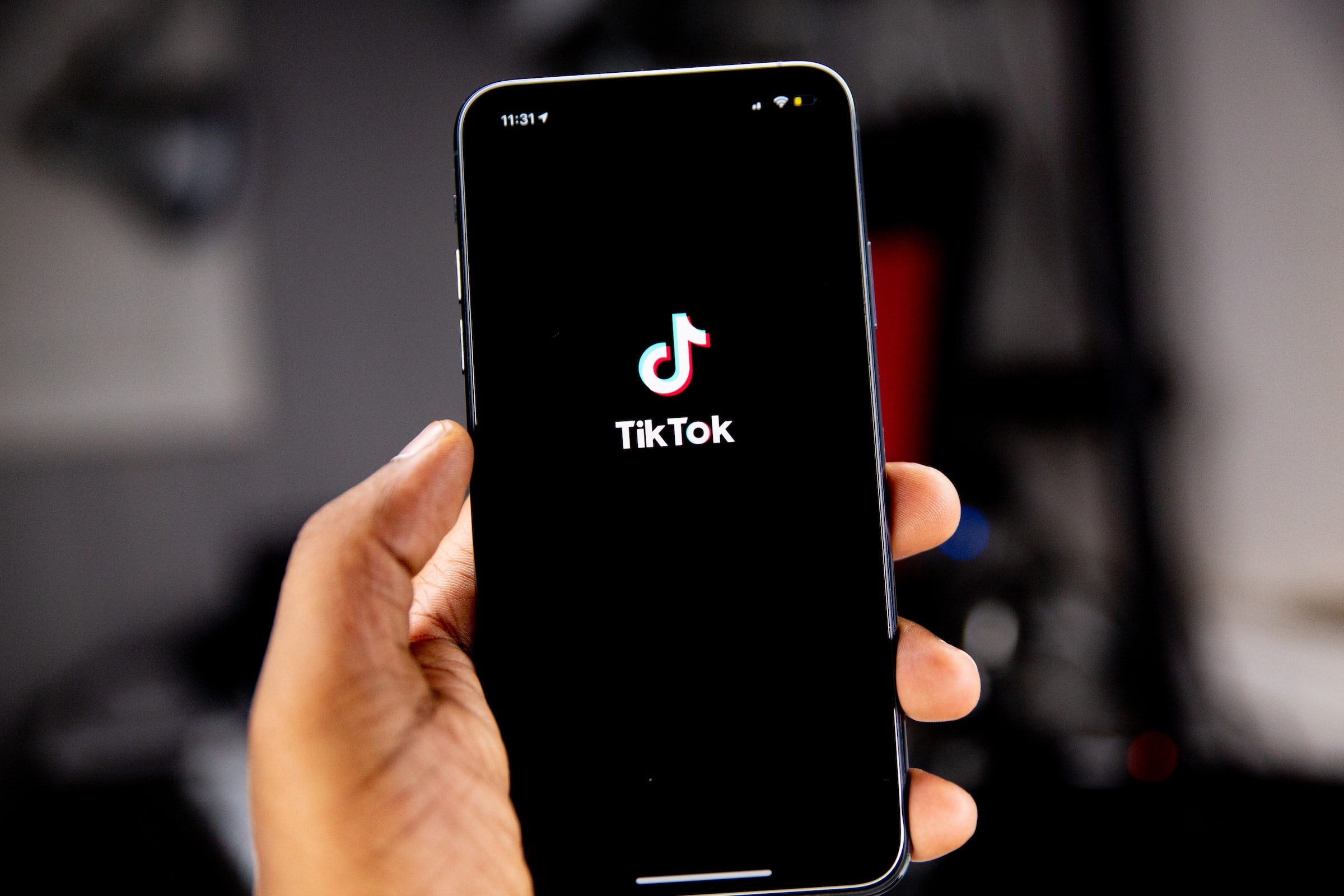
Redbrick’s Deputy Editor Daisy Kirkaldy considers the effects of going TikTok-viral on new music releases, and where this trend might have stemmed from
2020 has been the year that TikTok took over social media. Following Vine’s format of short, easily consumed video content, TikTok is now one of the most popular apps used by young people all over the world. The app currently boasts 800 million active users worldwide; it seems natural that trends quickly arise from an app with such huge usage numbers.
Music is arguably the most prevalent feature on the app. Music is used on TikTok for dance videos, lyric challenges, acting scenarios and general comedy content, to name a few. A particular song on TikTok can cause an entire trend on the app to be created, from people recreating a dance routine, taking part in challenges or using a particular song to curate a personal brand for each account.
Some music seems to fit TikTok well, but Drake … seems to be altering his music to suit the app, which is disappointing to see from such a well-established rapper
Speaking of songs released with TikTok in mind, at the end of August electronic group Clean Bandit released a collaboration with fellow-British artist Mabel called ‘Tick Tock.’ The obvious connection to the app is undoubtedly on purpose, which again feels like an almost cringey marketing stunt to target the young people on the app. The music video also features a simplified dance containing moves commonly seen on TikTok, it seems this song is almost begging people to recreate the dance for themselves and make the song as popular as others. For example: Aitch’s release with rapper AJ Tracey also came neatly packaged with a TikTok dance, which Aitch pushed on his social media accounts, begging people to film their version of the dance. It worked completely, and soon hugely popular American users were using the sound and of course, doing the dance. Another successful TikTok sound, the song now has over 334,000 videos attributed to it, featuring workout challenges and dancing videos.
TikTok songs are not always a youth-aimed media stunt however, some artists should thank dancers on the app for their song’s TikTok success. Cardi B & Megan Thee Stallion’s ‘WAP’ is the app’s most recent dance craze; the song currently has 3.3 million videos attributed to it despite its release at the beginning of August. The artists seemingly had no intention of such an explicit song gaining traction on an app that, let’s face it, is aimed towards children. The difficulty of the dance created on TikTok has also contributed to its success, almost every popular TikTok account is being pushed to release their attempt of the dance by the comment sections of their videos.
It does seem as if TikTok is becoming a sure-fire way of achieving chart-topping success
Music and TikTok undoubtedly go hand in hand, and the app’s influence on the popular success of certain songs is obvious. The ability for some artists to gain a huge audience and other opportunities because of a viral song is clearly an attribute to how the app is used. The explicit music used on TikTok can sometimes cause controversy, but overall, I can’t see the music side of TikTok being anything but harmless anytime soon.
You Might Also Like:
Album Review: Melanie Martinez – After School
Album Review: Open Mike Eagle – Anime, Trauma and Divorce

Comments